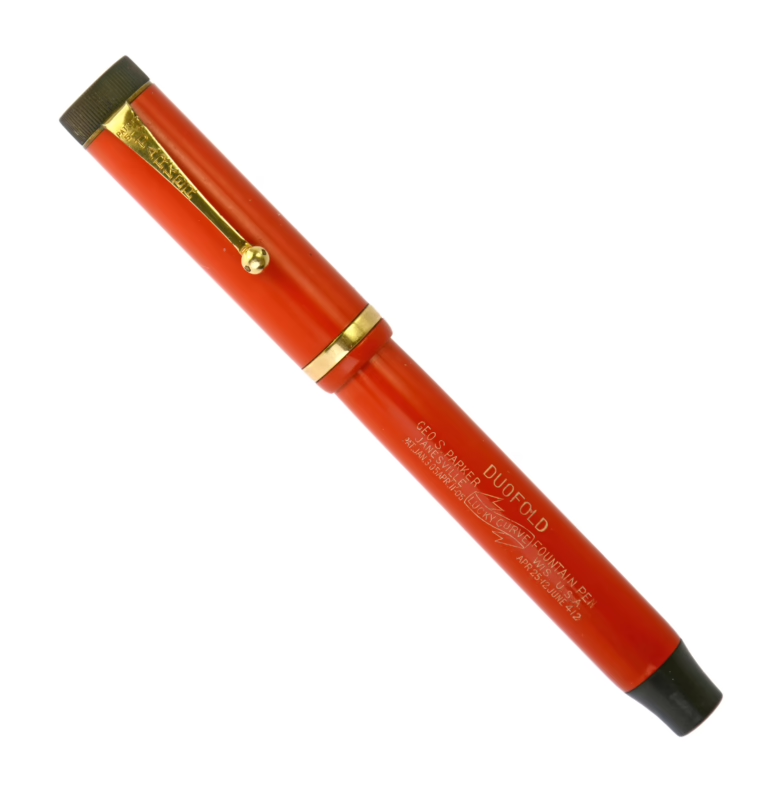Vacheron & Constantin, one of the most revered names in the world of horology, boasts a legacy that stretches back to the 18th century. Founded in Geneva in 1775 by Jean-Marc Vacheron, the company has remained at the forefront of watchmaking for nearly 250 years, evolving through innovation, resilience, and an unwavering commitment to excellence.
Jean-Marc Vacheron, an accomplished independent watchmaker since 1755, established the company at a time when Geneva was a hub for artisans and craftspeople. He passed the business to his son, Abraham, in 1785. However, the French Revolution, beginning in 1789, threatened the company’s existence. Many of Vacheron & Constantin’s affluent clientele, who were among the nobility and bourgeoisie, were either executed or faced economic ruin during this turbulent period. The future of the company appeared bleak.
Salvation arrived in 1819 when François Constantin, a wealthy grain merchant and former watch dealer, joined the firm as a business partner. Constantin’s deep passion for watchmaking and his extensive network transformed the company’s fortunes. He embarked on extensive travels to market Vacheron & Constantin’s timepieces, opening new markets around the world, particularly in North America, which became a key region for the company. It was Constantin who coined the company’s enduring motto, “Do better if possible, and that is always possible,” encapsulating the spirit of innovation that continues to drive the brand.
A critical turning point in Vacheron & Constantin’s history came in 1839 with the hiring of Georges-Auguste Leschot, a brilliant watchmaker and inventor. Leschot’s innovations revolutionized the watchmaking process. He introduced machines and tools that allowed for the production of precision watches at significantly reduced costs, making high-quality timepieces more accessible. Perhaps most notably, Leschot developed the concept of the interchangeable caliber, a standardized movement design that allowed for greater consistency and efficiency in watch production—a concept still in use today.
The company saw further evolution after the deaths of François Constantin in 1854 and Jean-Marc Vacheron in 1863. The firm passed through the hands of various heirs, including, notably, two women who led the company during an era when female leadership in such businesses was rare. Their stewardship ensured that Vacheron & Constantin remained a leader in the watchmaking industry.
As the 20th century dawned, fashion began to shift towards wristwatches, a trend that Vacheron & Constantin quickly embraced. By 1910, the company was producing high-end wristwatches, a move that positioned them at the cutting edge of the luxury watch market. This agility in adapting to changing trends, while maintaining the highest standards of craftsmanship, further solidified Vacheron & Constantin’s reputation as a premier watchmaker.
Throughout the 20th century and into the 21st, Vacheron & Constantin continued to push the boundaries of watchmaking. They produced some of the world’s most complicated and luxurious timepieces, including the legendary 57260, which, with 57 complications, holds the title of the most complicated mechanical watch ever made.
Today, Vacheron & Constantin is recognized as the oldest continuously operating watch manufacturer in the world, a distinction that underscores the brand’s unparalleled heritage and expertise. Now part of the Richemont Group, alongside other prestigious brands like Cartier and Montblanc, Vacheron & Constantin continues to honor its founders’ legacy through innovation, artistry, and a relentless pursuit of perfection.



